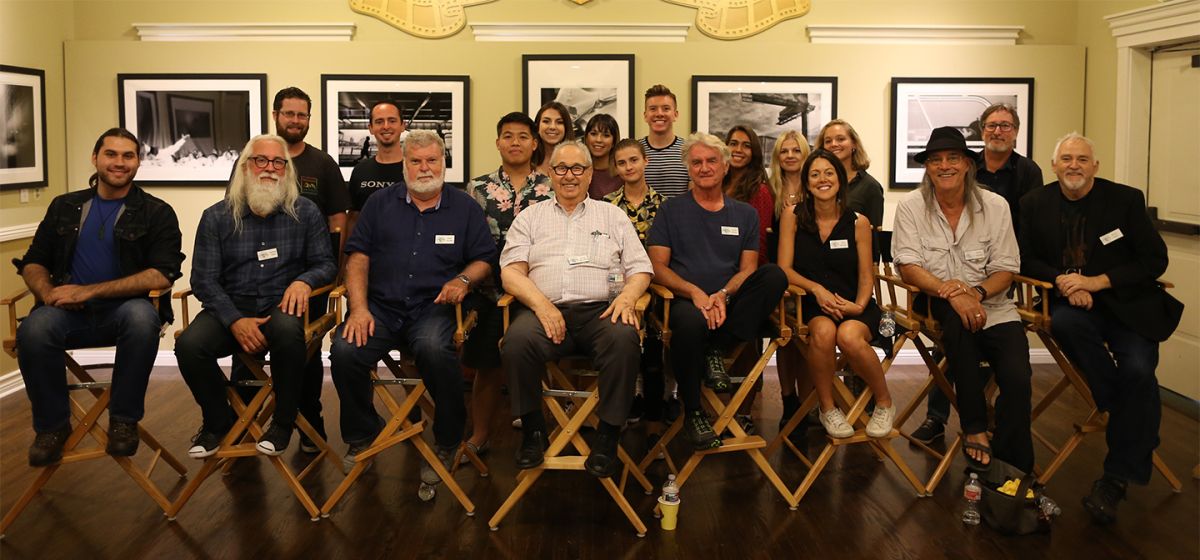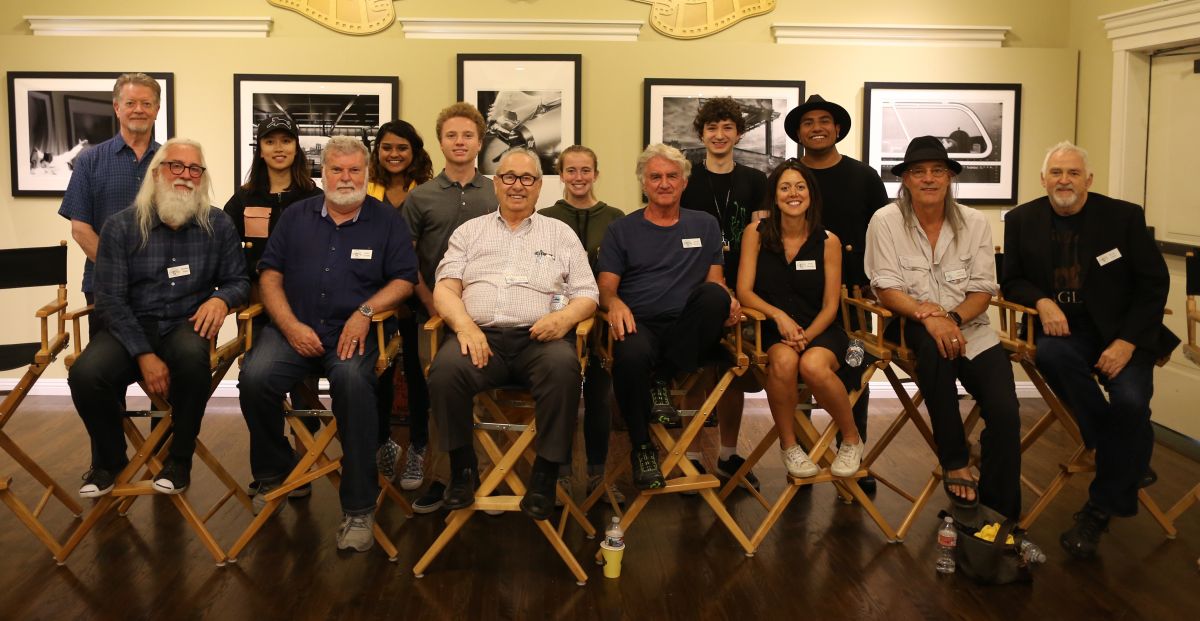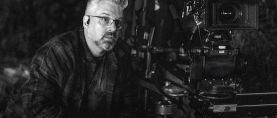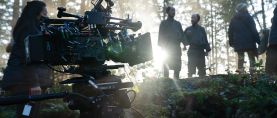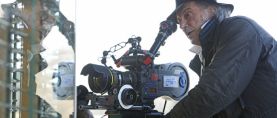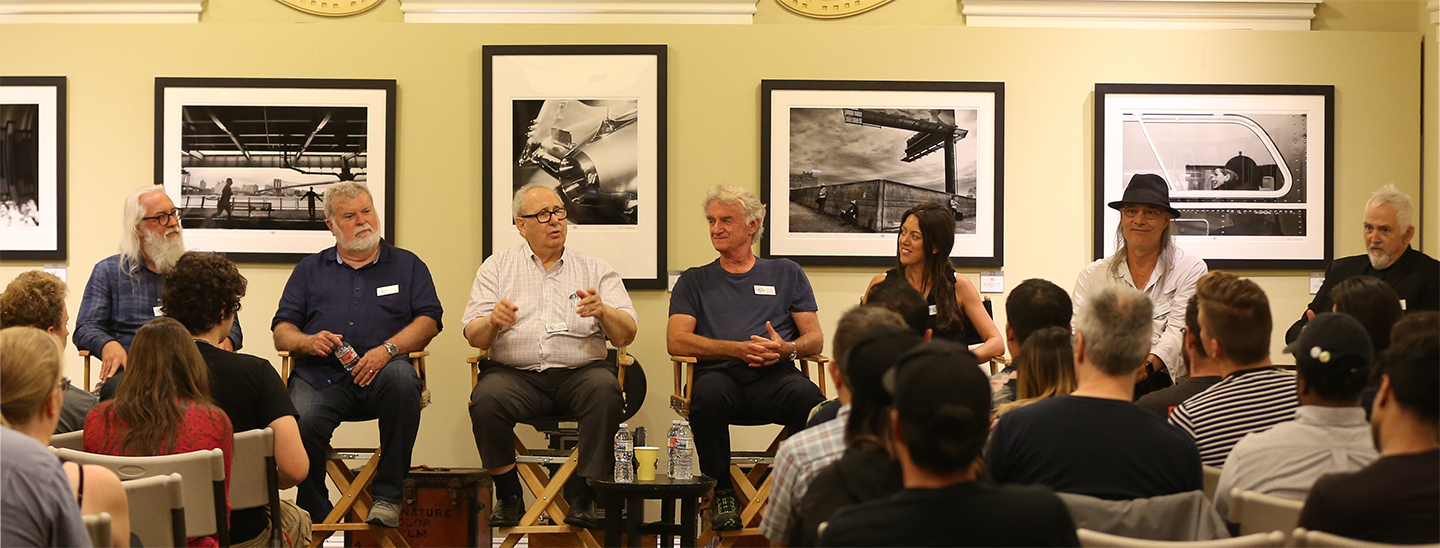
ASC Members Participate in SDSU/CSUN Educational Panel
Topics included how to continue to be inspired, important lessons learned early in one’s career and transitioning between mediums.
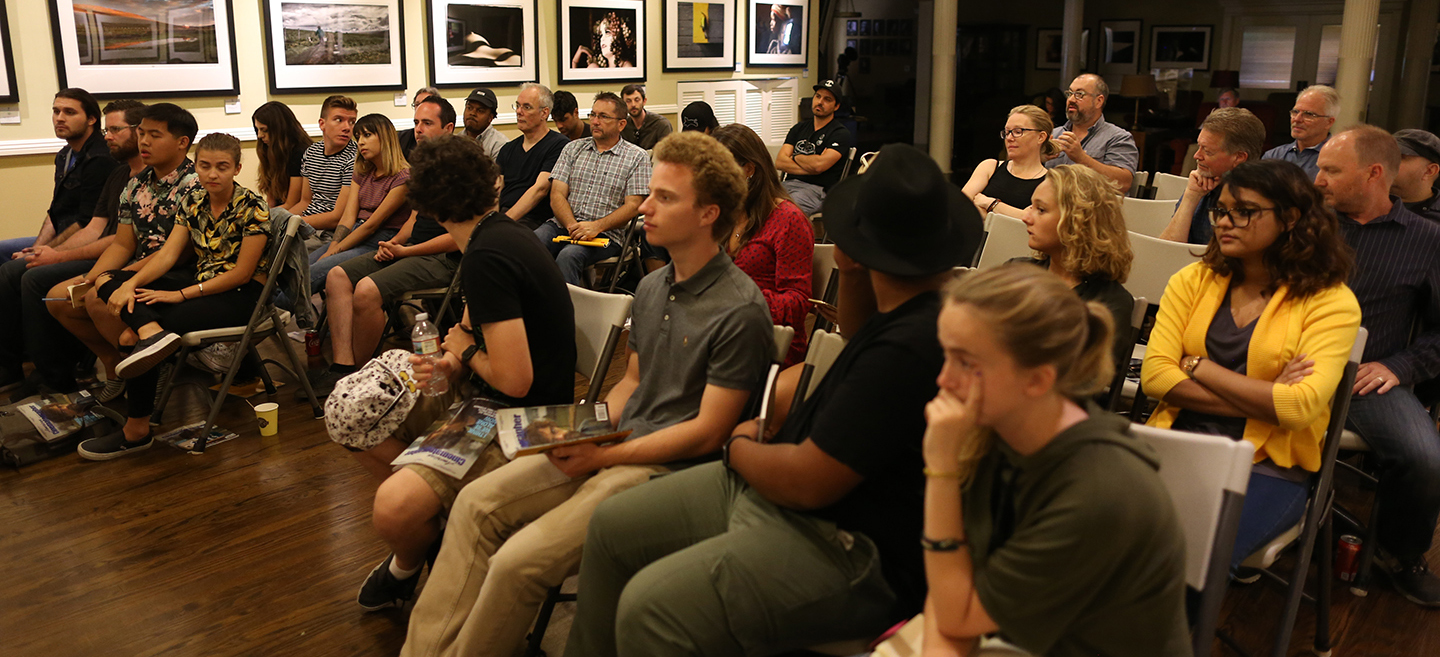
Photos by Alex Lopez
The Society hosted students from San Diego State University and California State University, Northridge at the historic Clubhouse in Hollywood for a panel discussion as part of its ongoing education/discussion programming. Students had the unique opportunity to hear from a panel of seven ASC members about the life and career of a cinematographer.
The ASC has hosted similar opportunities this year for students from Queensland University of Technology, located in Brisbane, Australia, as well as high schools and colleges across the US — including Asbury University, Compass College of Cinematic Arts, Chapman University, Loyola Marymount University, University of North Carolina at Chapel Hill, School of Visual Arts, Tulane University and Reseda Charter High School.
Education & Outreach committee chair George Spiro Dibie, ASC assembles the panels and serves as the discussion moderator, and ASC members participate on a volunteer basis.
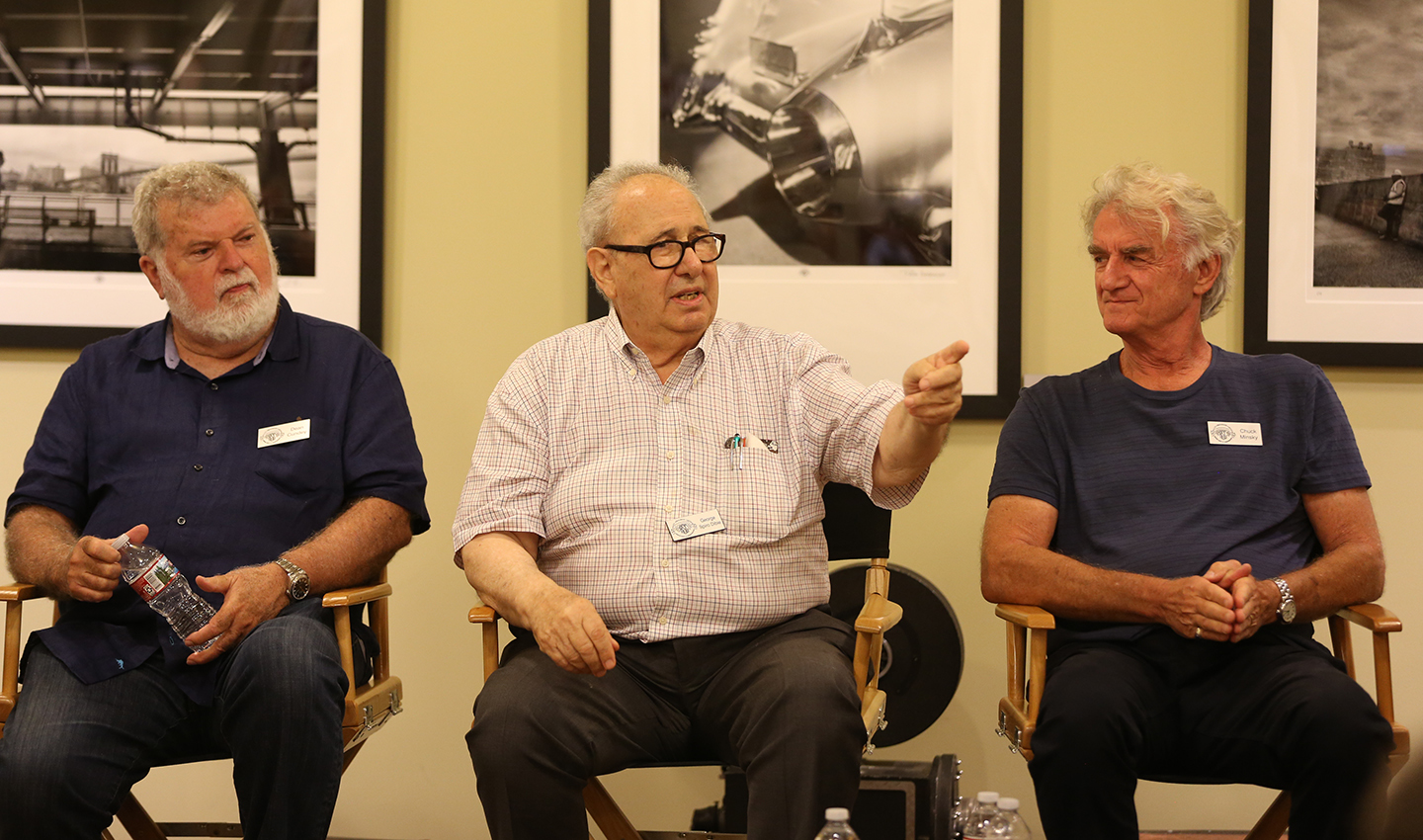
Panelists at the October 1 event included Russell Carpenter (Titanic, True Lies) — who is an SDSU alumnus — as well as Dean Cundey (Jurassic Park, Back to the Future), Bruce Logan (The Incredible Shrinking Woman, TRON), Charles Minsky (Pretty Woman, The Producers), Polly Morgan (6 Balloons, Legion) and Rodney Taylor (Ballers, Star).
The conversation was entirely based on questions generated by students and included varied topics. Of particular interest was valuable lessons learned in the begging of their careers, and Carpenter answered, “This is a community of dreamers on set. Everyone is contributing — everyone.” Cundey added, “You learn all the psychodrama of working with all these crazy people, like yourself. You can’t learn that in school.”
When asked of various paths to work one’s way up in the industry, Cundey offered that he once took a job while in film school in the makeup department — for which he had some, though minimal, experience — just so that he could watch the “psychodrama.” He added, “Take any job you can because it will teach you something valuable.”
In terms of where to go for new inspiration, several panelists stressed the importance of going to museums and exposing oneself to news ways to tell a story. Carpenter remarked that seriously pursuing still photography has become an immense source of inspiration, and Morgan encouraged students to travel to new places. “Pay attention to all of these moments you wouldn’t notice if you weren’t familiar with light,” she said.
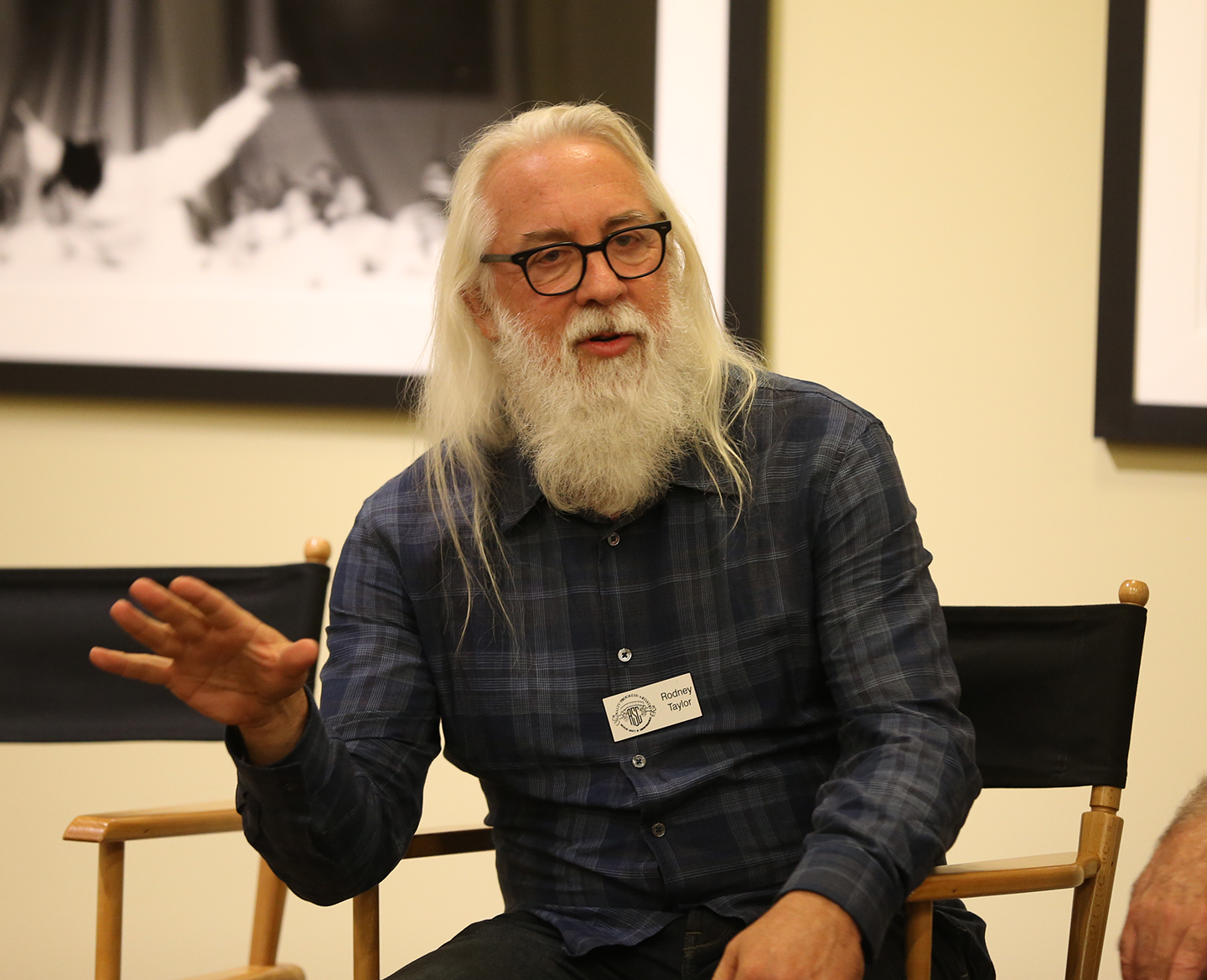
When asked how difficult it is to transition between film and television, Taylor said that when he decided he wanted to move into television, he emailed many of his contacts who were television DPs and offered to do operator, second-unit and additional photography work so that he could build his network. Shortly after that, he added, he had a career as a television cinematographer.
Students were also curious to know what most attracts the cinematographers to certain projects and were pleased with the diversity of answers. One panelist quipped, “How long have I been out of work?” Other responses included: “Will I have fun?” (Carpenter); “Did I have an emotional reaction to the script?” (Morgan); “Will I be challenged?” (Minsky); “Is there some kind of illusion or magic?” (Cundey); “Who are the people involved?” (Taylor).
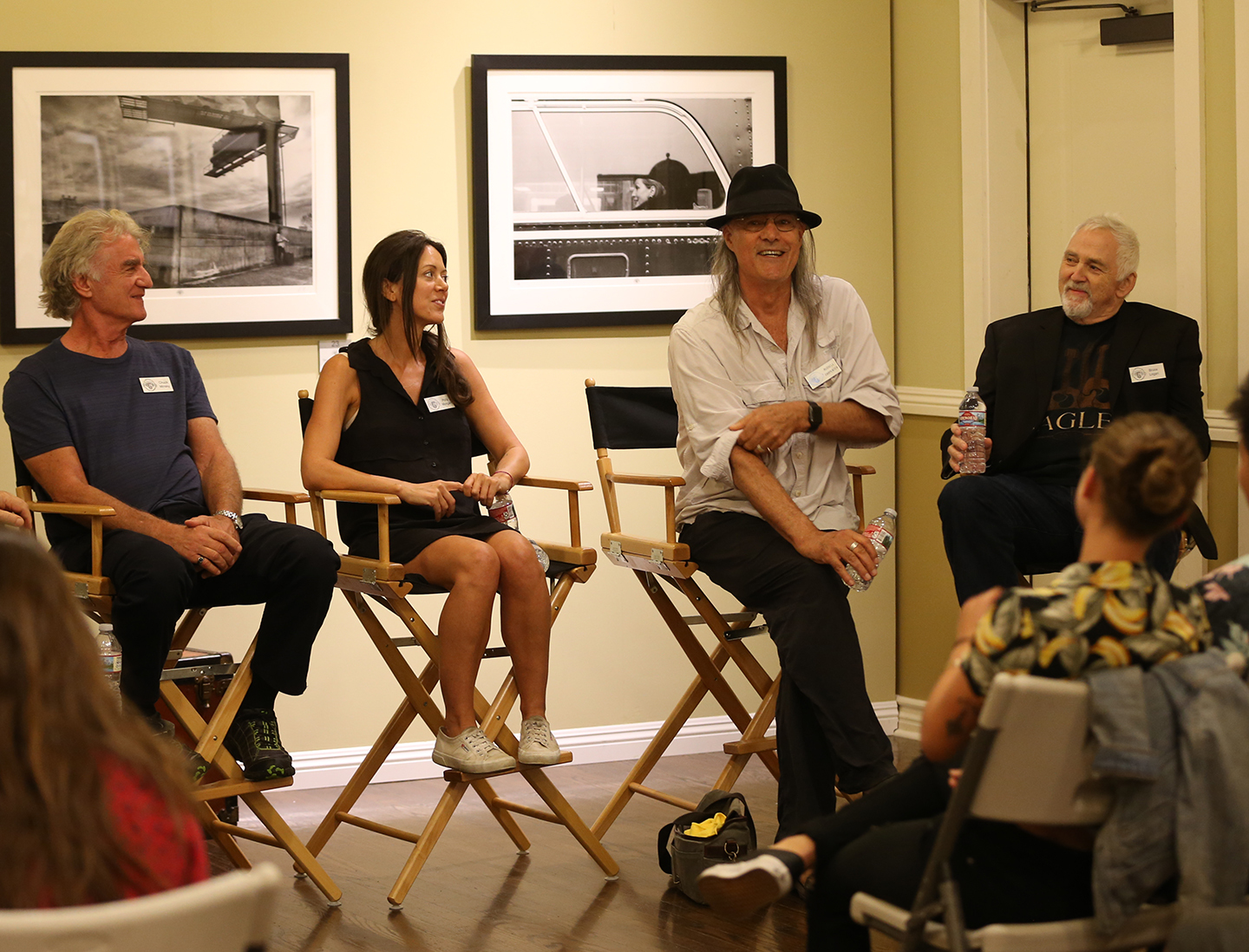
One student asked how important it is for young cinematography students to learn how to shoot on film, and the panel stressed that it is crucial for cinematographers to expose themselves to as many mediums as possible and embrace all technologies. SDSU cinematography student Anthony Grimm said, “One thing that I took away from today was that even though the landscape of everything is changing so quickly with new mediums and new technology, the cinematographers who have been working for a long time are embracing that change. I think George [Dibie] said it best when he said, ‘Don’t try to fight it because the technology is going to come at us anyway. We might as well embrace it.’”
For SDSU cinematography student Claire Cerda, hearing Morgan share her experiences was especially memorable and inspiring. “The biggest takeaway that I had from this experience was listening to Polly, who was the only female cinematographer on the panel. When she was asked about the discrimination of women in the industry, she said it is less prominent in Los Angeles, especially, compared [to her experiences in the United Kingdom]. And I just thought it was interesting because you [hear a lot] that there aren’t many female filmmakers, but she said [the industry] is opening up a lot more toward women.”
Cerda added: “It was encouraging [seeing Polly today and hearing her speak] because I’ve always been discouraged by not seeing many female filmmakers or cinematographers, specifically. But seeing that she didn’t see a crazy challenge [to pursuing her career] or experience discrimination herself, I found that really reassuring.”
For more information about ASC Education & Outreach events, email Patty Armacost or call (323) 969-4333.
